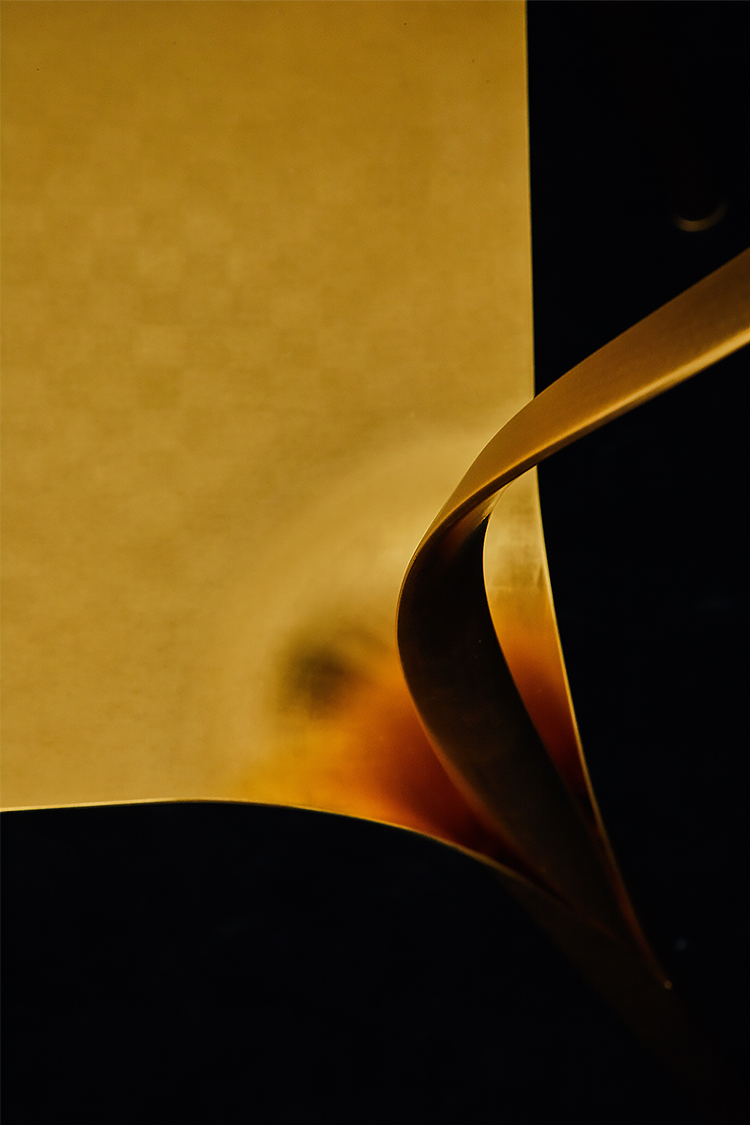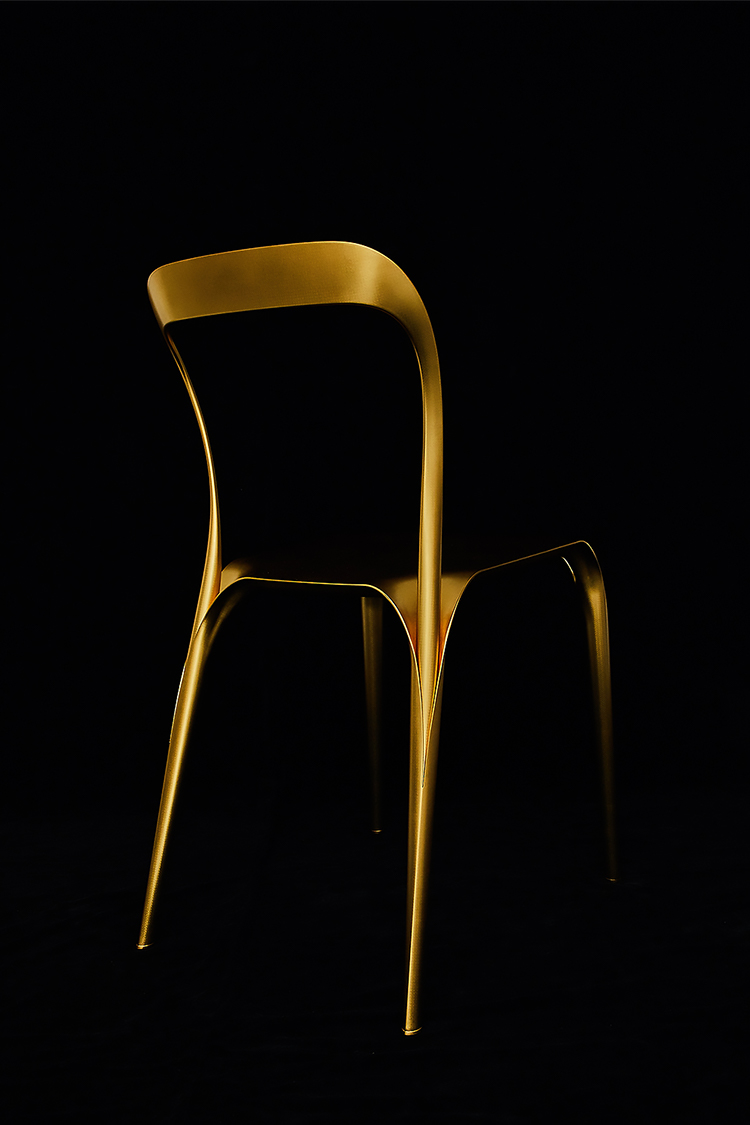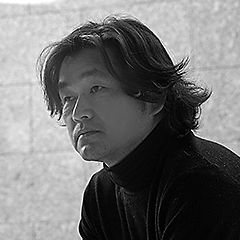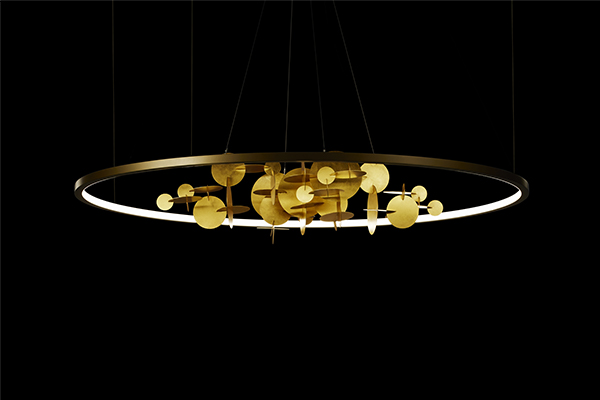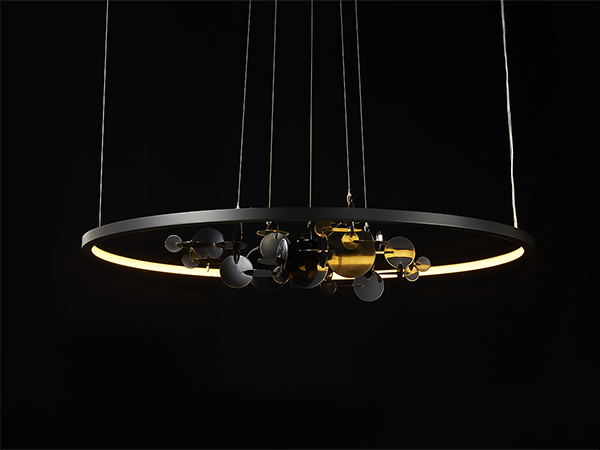Wakabayashi Butsugu Mfg is a maker who has been devoted to making Buddhist altars and fittings for both temples and households since its foundation in 1830. Our history has been supported by traditional craft artisans with extraordinary skills.
As the times have changed, and in this current consumer society, the fields to fully utilize those artisans’ techniques are getting smaller. In light of this situation, we hope to revitalize them and their craft techniques by cooperating with various creative people and manufacturers who we’ve never worked with before.
To pass on the techniques that have been handed down through generations, and to increase the opportunities to utilize their technique, Wakabayashi Butsugu Mfg will keep challenging ourselves and create a wider range of works.
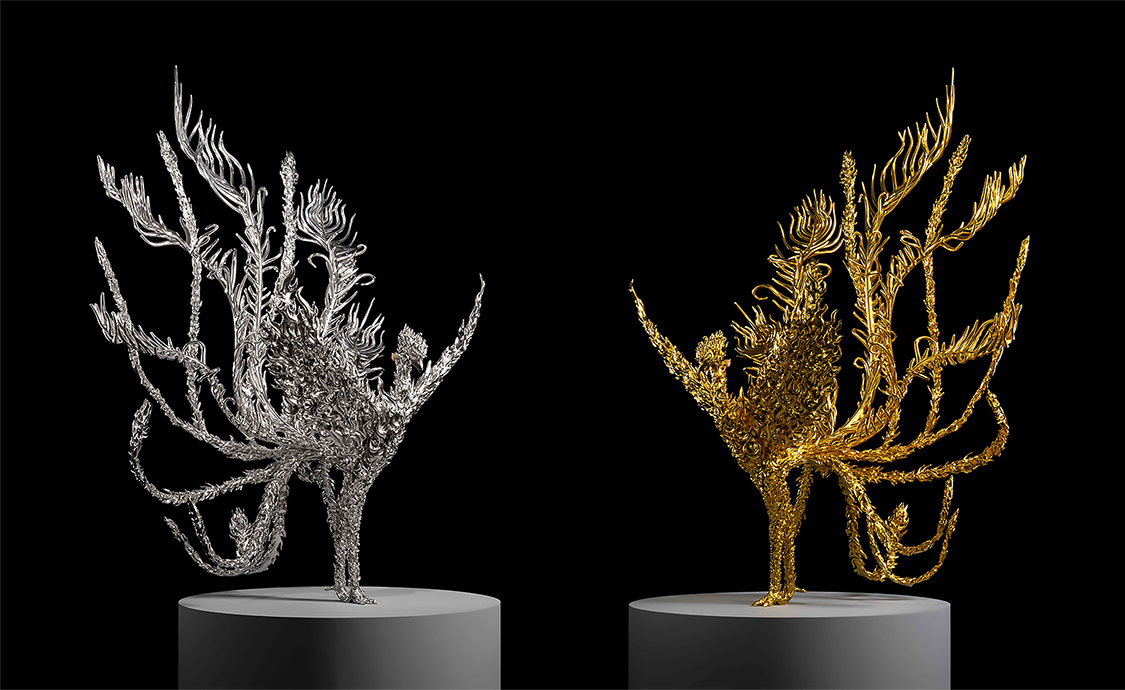
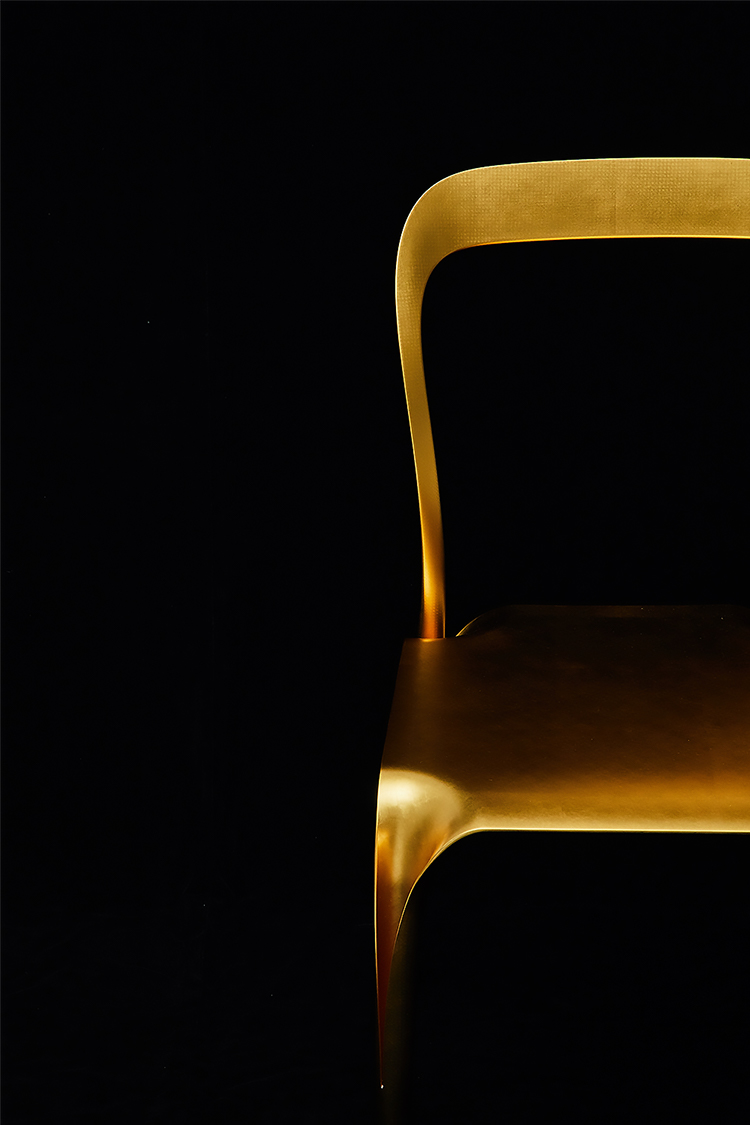
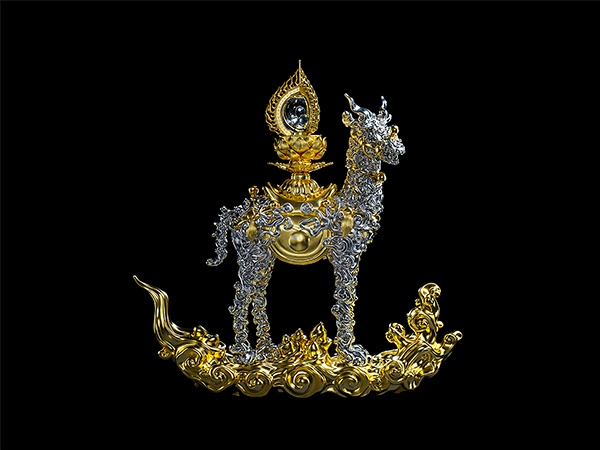
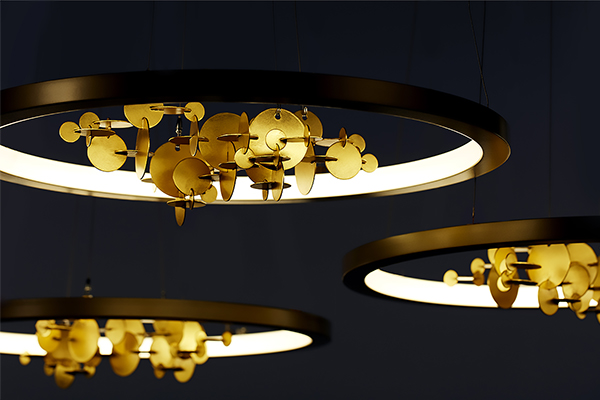
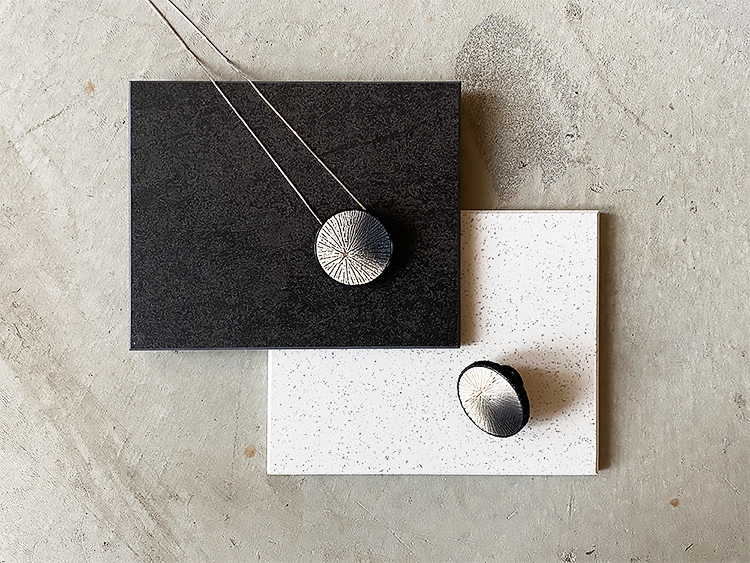
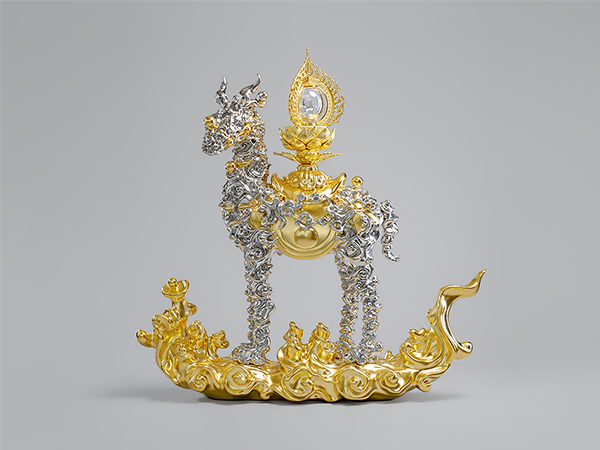
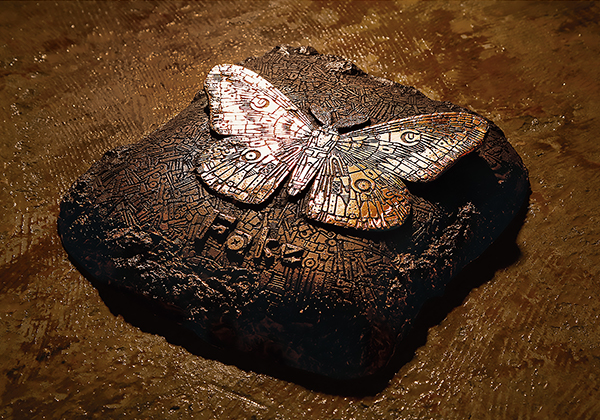
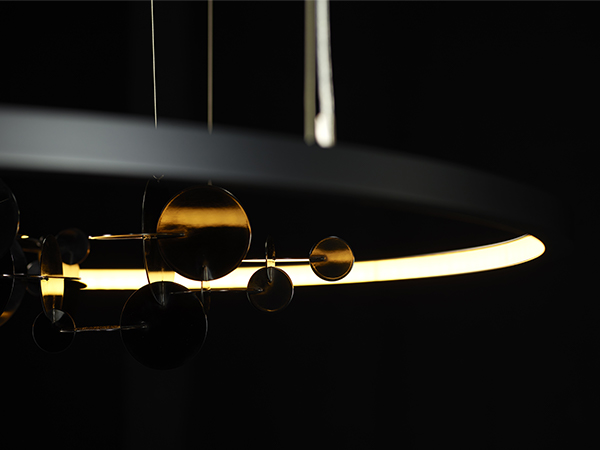

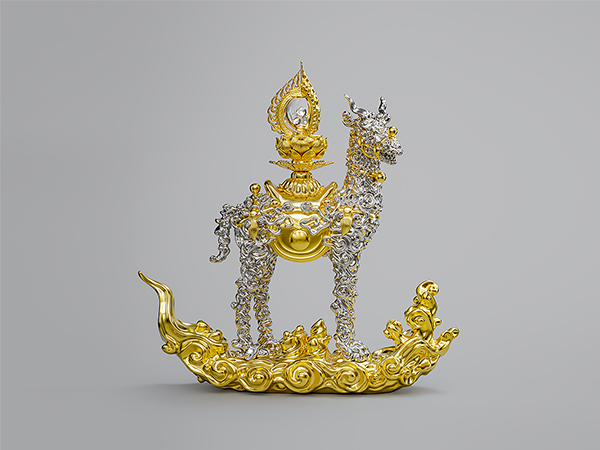
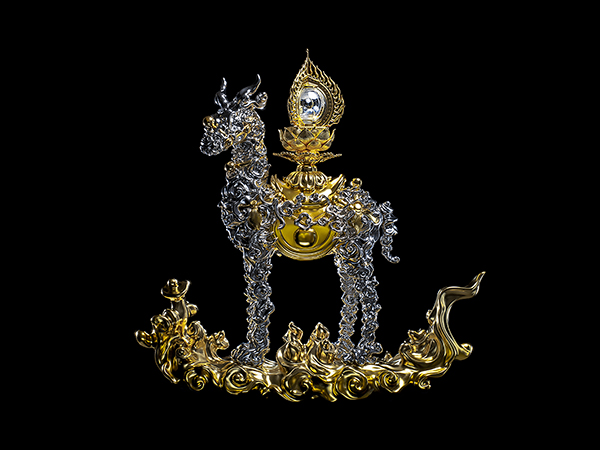
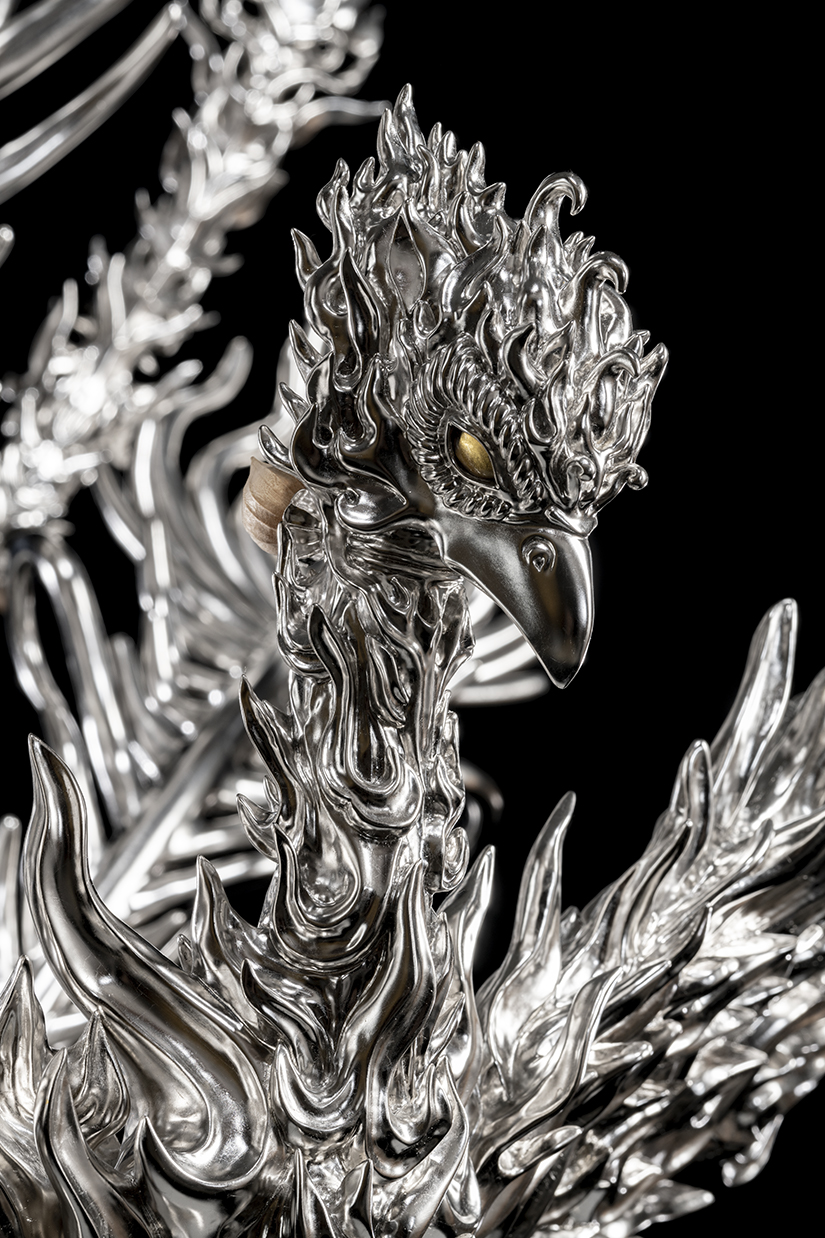
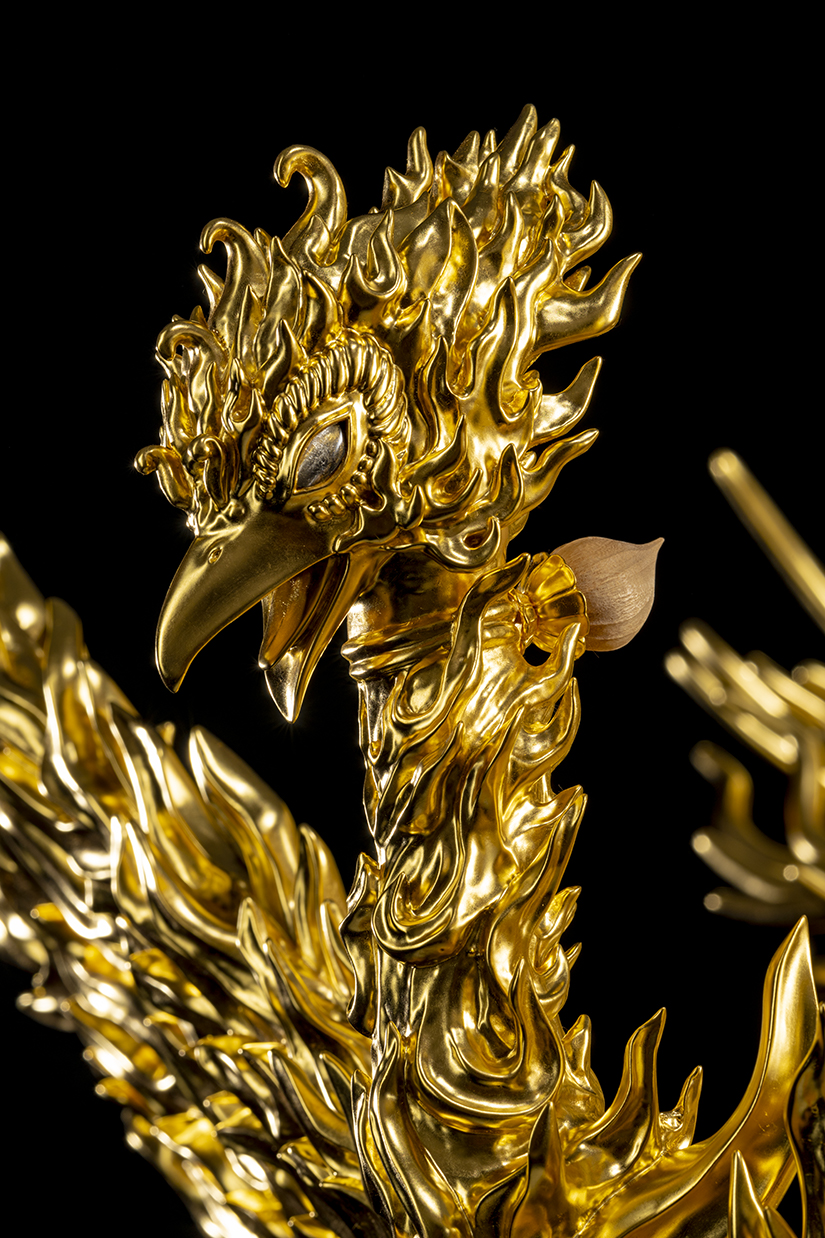
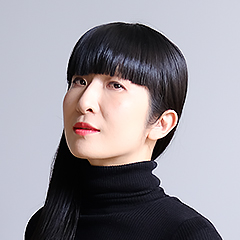
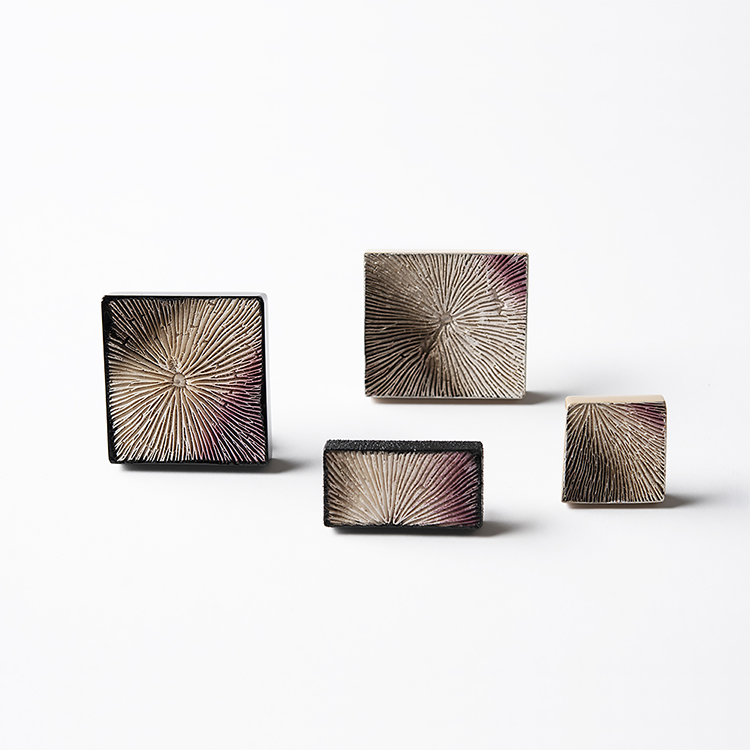
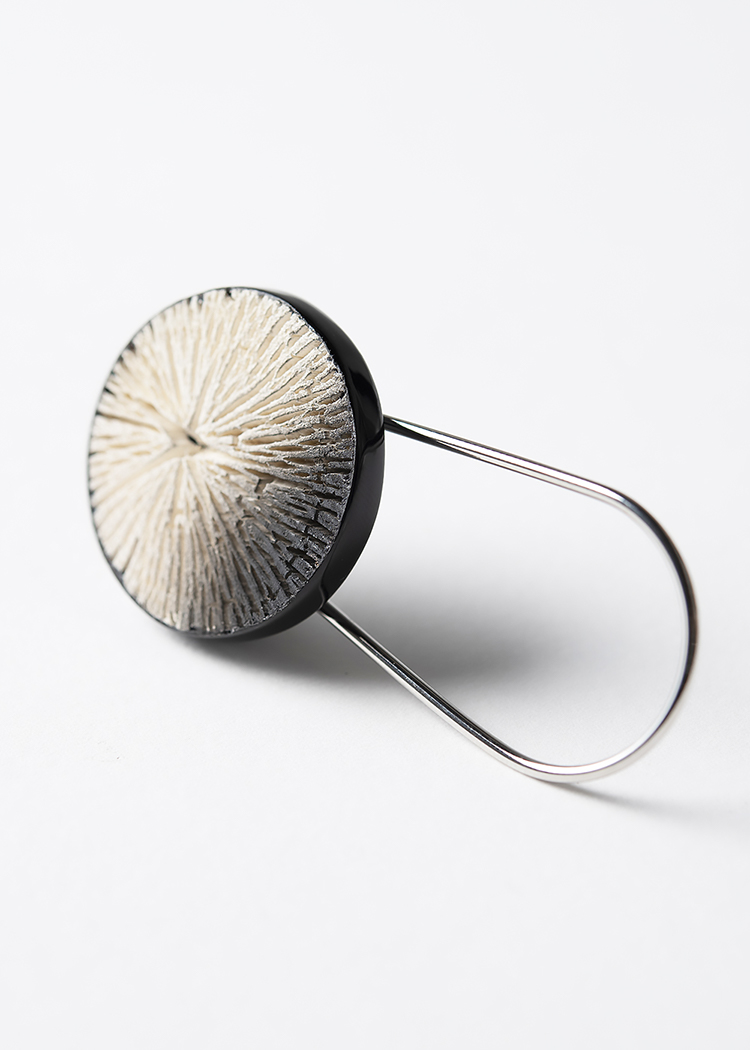
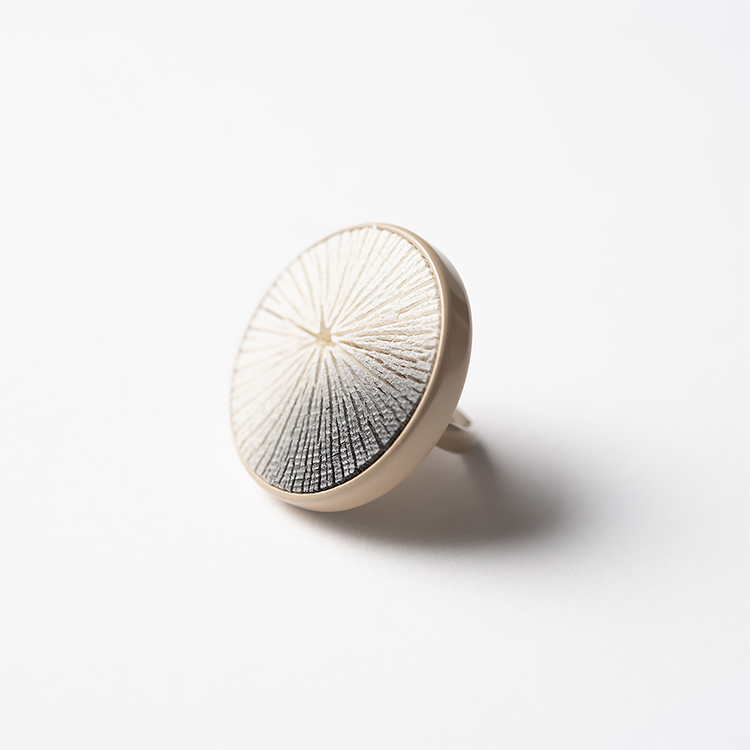
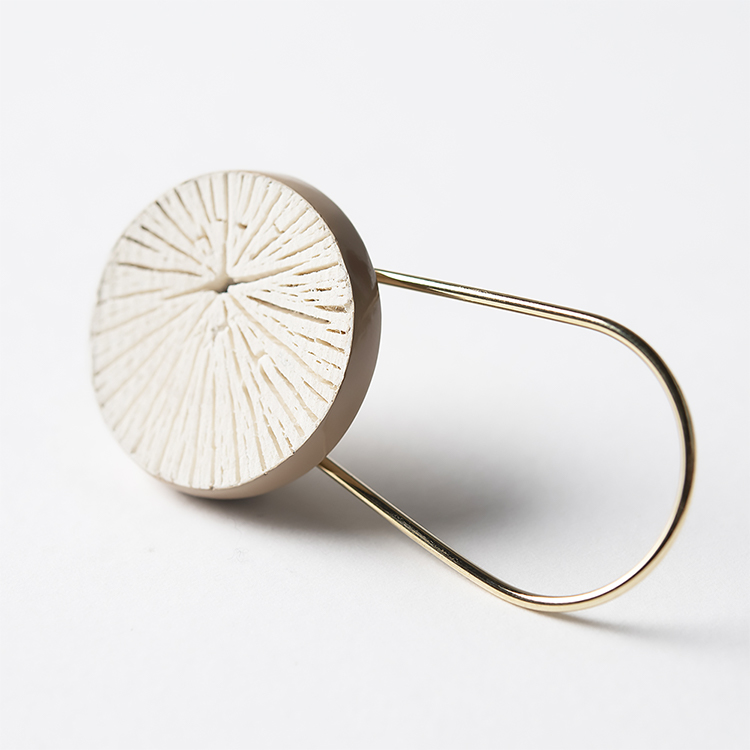
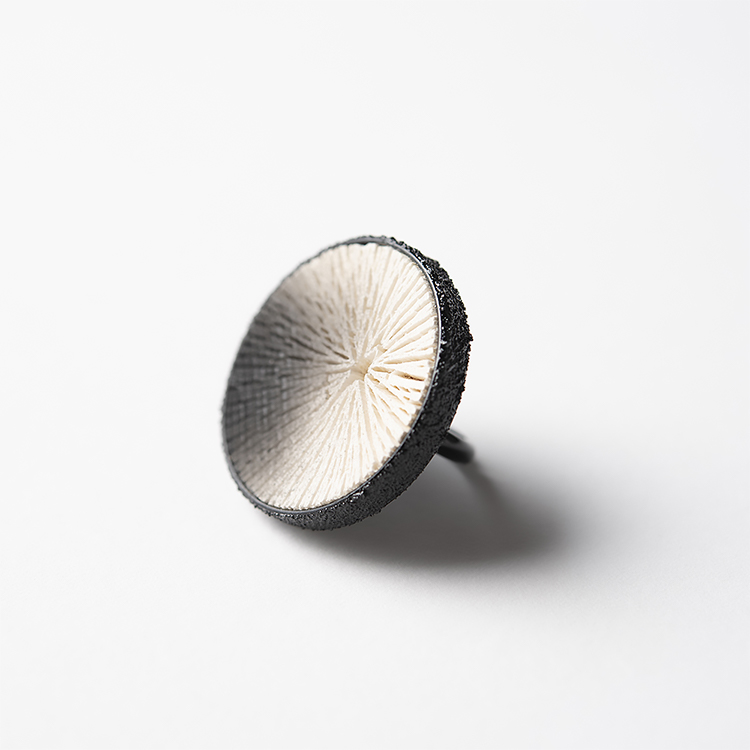
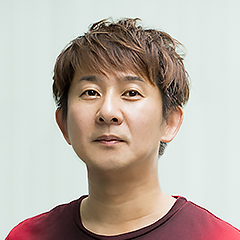
![Kanamono Art [Meditation]](https://www.wakabayashi.co.jp/wp/wp-content/themes/wakabayashi/assets/images/project/cooperation/uchida1-1@1x.jpg)
![Kanamono Art [Meditation]](https://www.wakabayashi.co.jp/wp/wp-content/themes/wakabayashi/assets/images/project/cooperation/uchida1-2@1x.jpg)
![Kanamono Art [Fake]](https://www.wakabayashi.co.jp/wp/wp-content/themes/wakabayashi/assets/images/project/cooperation/uchida2-2@1x.jpg)
![Kanamono Art [Fake]](https://www.wakabayashi.co.jp/wp/wp-content/themes/wakabayashi/assets/images/project/cooperation/uchida2-3@1x.jpg)

